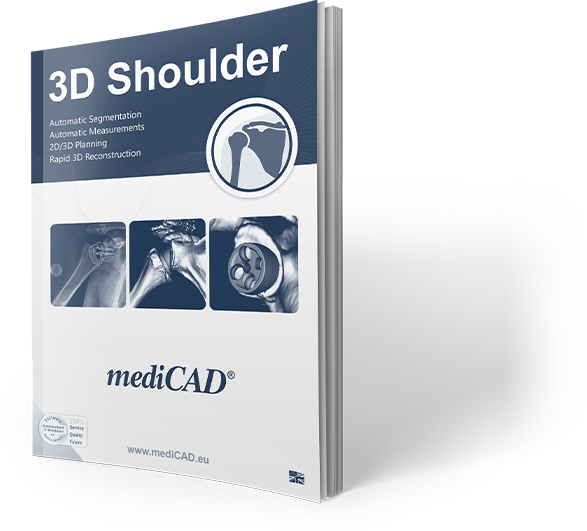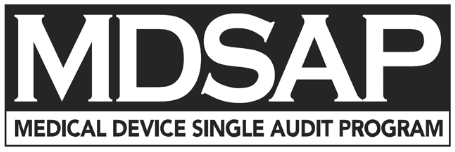



Lorem ipsum dolor sit amet, consetetur sadipscing elitr, sed diam nonumy eirmod tempor invidunt ut labore et dolore magna aliquyam erat, sed diam voluptua. At vero eos et accusam et justo duo dolores et

Veröffentlicht am, 21.10.2022
The main idea of the Medical Device Single Audit Program (MDSAP) is to allow a single audit process of a medical device manufacturer’s Quality Management System (QMS), which satisfies the requirements of multiple regulatory jurisdictions. Instead of many audits and inspections by the authorities of different countries, there should be only one. The Auditing Organization conducts the witnessing of an audit that is performed by qualified MDSAP Regulatory Authority Assessors.
Medical device manufacturer’s participation in the MDSAP should be sufficient to demonstrate the effectiveness and compliance of QM systems (e.g., with ISO 13485 or 21 CFR part 820). ISO13485 for instance continues to define QMS requirements, and MDSAP performs the audit process that verifies a manufacturer’s compliance with ISO 13485 and applicable country regulations. MDSAP is not supposed to be an addition quality certification or a quality management system, it’s an auditing approach. The pilot project ended in January 2017 and has since been officially implemented.

MDSAP was created by the International Medical Device Regulators Forum (IMDRF), an association of international authorities and legislators, and is currently in the five countries:
recognized.
Audits are performed by auditing organizations (AO). AOs are authorized by participating regulatory agencies (e.g., FDA, TGA) to audit in accordance with MDSAP requirements. Einige Stellen wie der TÜV Süd, der TÜV Rheinland und DQS zählen auch zu AO. Allerdings ist zu beachten, dass nicht alle benannten Stellen automatisch als AO autorisiert sind.
From the purchase of sub-products to the completion of the product, each step contributes to the quality and safety of the final product. Consequently, each phase of the product is essential and must be reviewed throughout the audit.
An audit sequence is a long and complex process. It consists of three parts. At the beginning, the initial certification audit is conducted, followed by an annual review audit and a recertification audit after the certificate expires.
The initial certification audit is divided into two steps. In the first step, the manufacturer is required to submit the complete quality management system to an authorized body for review. It is then checked whether the basic requirements for certification are met.
In the second step, the conformity of the quality management system according to ISO 13485 and the MDSAP requirements is assessed at the manufacturer’s site. After successful verification of the initial audit, the MDSAP certificate can be issued. The certificate is valid for three years. At the end of the three years, it must be updated through a recertification audit. Before the end of the three years, an annual monitoring audit must also be carried out. The surveillance audit controls and evaluates the ongoing conformity and effectiveness of changes to products or QMS processes.
2021 mediCAD Hectec GmbH is repeatedly MDSAP certified for another three years.